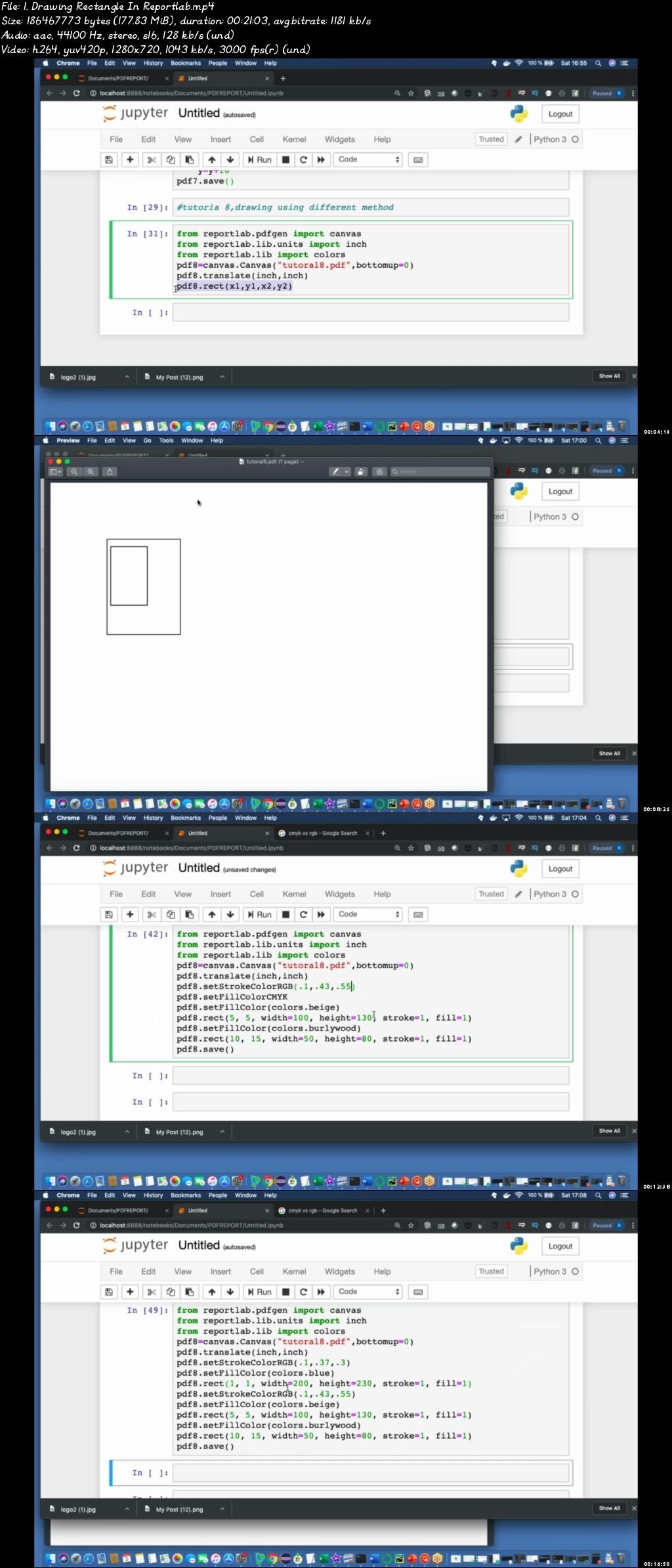

#Python pdf creator archive
HTML-driven (e.g., Paperplane, PDFmyURL, PDFBlade): The focus here is the conversion of a URL or HTML to a PDF with an API call, offering a more user-friendly snapshot of a website than trying to save it manually as a web archive or by screenshotting it using your laptop or desktop.In fact, many PDF generation APIs seem to fall into one of these camps: You could use one, for example, to export information from a webpage as a PDF or generate a standardized form from the information you already have. If you have data that you want to convey in a specific format, but don’t know what device or software it’ll be used on, you might choose to export it as a PDF to make things easier for your recipient.Ī PDF API does a similar thing, i.e., converts data to PDF, but does it automatically. We’ll consider why a developer may need this functionality, and try to determine if any solutions stand out. Given the focus the world of APIs has on compatibility and inter-communication, it’s not surprising that PDFs are prevalent in these areas.īelow we’ll be looking at a few services capable of accepting API calls to generate PDFs. Like, the fact that PDFs can be created from almost any document type and preserve that content on whatever device or program they’re opened with. Well, however you feel about them, there’s no denying that the Portable Document Format (PDF) has strong benefits. Common complaints about PDFs include poor readability, problems with integration, limited version control, and the inability to edit them without a dedicated app like Adobe Acrobat Reader.
#Python pdf creator install
For Ubuntu and other Debian systems you can run sudo apt-get install texlive-full.PDFs are a little like Marmite: you either love them (or at least tolerate them) or hate them. In addition to installing pylatex (pip install pylatex), you need to install LaTex.

With doc.create(Figure(position='p')) as fig:ĭoc.generate_pdf('test', compiler='latexmk', compiler_args=, clean_tex=True)

However, I have found that using the position argument in the Figure class, and sometimes Subfigure, gives good enough results.Įxample code for creating a pdf with a single image: from pylatex import Document, Figure The disadvantage of pylatex is that, since it is based on LaTex, it can be hard to place images exactly where you want on the page. When using reportlab, I experienced that the images were automatically compressed, and the image quality reduced. The images in your pdf will be of the same quality as the original images. One of the advantages of pylatex is that it is easy to control the image quality. If you are familiar with LaTex you might want to consider pylatex Pp.savefig(plt.gcf()) # This generates page 2 Pp.savefig(plt.gcf()) # This generates page 1 Im = imread(os.path.join(folder, f)).astype(np.float32) / 255Ī.get_xaxis().set_visible(False) # We don't need axis ticks Each call to savefig will create another page of PDF.Įxample below plots 2 images side-by-side, on page 1 and page 2.
#Python pdf creator full
You have full freedom to mess with the figure: Adding titles, play with position, etc. You can create a figures with subplots, where each subplot is one of your images. matplotlib has a PDF backend to save figures to PDF.

Here is a solution that works with only the standard packages.


 0 kommentar(er)
0 kommentar(er)
